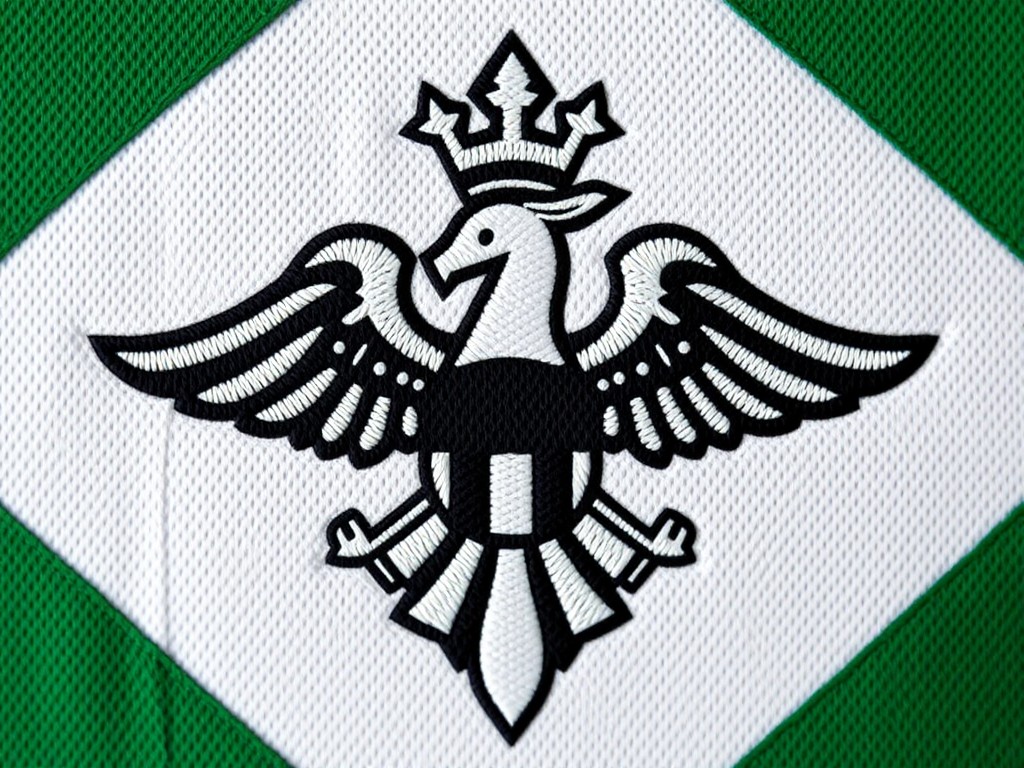Coaching Strategies
Understanding successful strategies in coaching is pivotal for enhancing team performance. UK sports teams employ various coaching techniques that cater to individual and collective team needs. These include analytics-driven methodologies, emphasizing both physical skills and mental resilience.
A notable case study is Coach Gareth Southgate’s impact on the England football team. By integrating adaptive coaching strategies and focusing on training methodologies that resonate with players’ strengths and weaknesses, he significantly improved team dynamics and performance. His approach highlights the need for flexibility and personalization in coaching, essential for addressing the ever-changing team dynamics.
In parallel : How Does British Sporting Culture Influence Local Communities?
Adaptive coaching is a cornerstone of success, allowing coaches to respond to changes in team behavior and individual performances dynamically. By staying attuned to these shifts, coaches maintain a harmonious balance between a structured framework and the fluidity needed in real-time situations. This adaptability often leads to breakthroughs, helping teams overcome challenges and achieve their goals effectively.
Athlete Training Regimes
In the realm of sports excellence, training programs play a pivotal role in athlete development and performance enhancement. Specific to various sports, these programs are tailored to meet the unique demands each sport entails, ensuring that athletes can push their physical and mental boundaries effectively.
Also read : Will the UK’s Sporting Future Be Defined by Upcoming Talents?
Role of Sports Science and Technology
The incorporation of sports science and technology has revolutionized training regimes. By leveraging data analytics and physiological assessments, coaches can create evidence-based programs that enhance performance while reducing injury risks. High-tech tools like wearable devices provide real-time data on metrics such as heart rate and movement patterns, allowing for a more personalized approach to athlete training.
Grassroots Versus Elite Training Approaches
A comparison between grassroots and elite training approaches reveals distinct strategies that shape an athlete’s journey. Grassroots programs focus on fundamental skills and building a long-term passion for the sport. In contrast, elite training regimes are highly specialized and sophisticated, emphasizing fine-tuning techniques and maximizing performance through intensive, targeted sessions.
The systematic approach across these levels underscores a commitment to developing athletes holistically, ensuring that regardless of their stage, they are equipped to reach their utmost potential. By continuously adapting these training programs to reflect advancements in sports science, athletes are better prepared to excel both nationally and internationally.
Sports Culture in the UK
The sports environment in the UK is deeply intertwined with cultural influences, shaping a unique landscape that fosters success and unity. It is crucial to understand how the cultural fabric impacts both grassroots and elite sports levels. This influence manifests in various ways, including community engagement and the overall sports environment that nurtures young talent.
Community and Grassroots Support
Community engagement serves as the backbone of the UK’s sports culture. Grassroots programs play an instrumental role in developing future athletes, ensuring inclusivity, and instilling passion from a young age. Local clubs and schools often act as the breeding grounds for budding talent, offering platforms that encourage participation and skill development. Such community-based initiatives provide essential support, often facilitated by a strong volunteer network.
National Identity and Pride
Another significant aspect of the UK’s sports environment is how national identity and pride merge with sporting success. Sporting events often become a source of collective pride, uniting people from all walks of life. This shared experience strengthens national identity, as fans rally behind teams, showcasing enthusiasm and loyalty. This cultural phenomenon bolsters the morale of athletes and teams, driving them towards performance excellence on national and international stages.
Thus, the UK’s sports environment, with its rich cultural underpinnings and robust community support, creates a nurturing ground for athletes, accentuating the impact of sport on society at large.
Funding Mechanisms
The financial support landscape for UK sports teams consists of diverse funding sources that significantly impact their development and performance. Sponsorship and government investment are pivotal in maintaining and elevating team operations and successes. These elements work together to ensure teams have the necessary resources to compete at the highest level.
Sponsorship plays a crucial role by offering financial backing and commercial partnerships that provide more than just funds; they increase visibility and fan engagement. These partnerships are often strategic, aligning brands with teams that share similar values, enhancing loyalty and presence in competitive markets.
On the other hand, government investment in sports is typically manifest through structured support programs. These initiatives are designed to nurture talent, promote inclusivity, and maintain world-class standards across all sporting disciplines. Such backing is essential for grassroots development, providing opportunities for young athletes to progress to elite levels.
Despite the substantial contributions of sponsorships and government investment, the challenge remains to balance these funding avenues effectively. Teams must navigate these mechanisms carefully to ensure sustainable growth and consistent success. An example of effective funding can be seen in Team GB’s Olympic efforts, where strategic use of lottery funding and sponsorships has led to remarkable achievements on the global stage.
Historical Context
The sports history in the UK is rich and varied, influencing the evolution of teams and shaping their modern identity. Through time, significant achievements and setbacks have left a lasting imprint on current team performance. The legacy of historical successes—such as England’s 1966 FIFA World Cup victory—provides a benchmark for contemporary teams, motivating them to aspire for greatness. Conversely, past failures often offer invaluable lessons, steering strategic adjustments and driving future triumphs.
Tradition and legacy play crucial roles in defining competitive strategies within UK sports. They instill a sense of pride and responsibility among athletes, fostering a deep connection to the past while inspiring future ambitions. Competitive strategies often evolve by integrating traditional approaches with modern innovations, creating teams that are both grounded in history and poised for future success. This blend of old and new enhances a team’s adaptability, ensuring resilience in the face of emerging challenges.
Fan Support and Engagement
Understanding the pivotal role of fan culture in sports reveals how it significantly impacts team performance and morale. Fans serve as the lifeblood of sports teams, providing unwavering support that often translates into higher performance levels on the field. The energy from fans can inspire athletes to push beyond their limits and foster a sense of pride and commitment.
Teams employ innovative engagement strategies to connect with their fan base, ensuring sustained support. These strategies include utilizing digital platforms to engage fans through interactive content, hosting fan events, and creating exclusive behind-the-scenes experiences. By prioritizing fan interaction, teams can build lasting relationships that go beyond the confines of a stadium.
Community involvement also plays a critical role, as it reinforces the team’s presence and relevance within the local area. Sports teams often engage in community outreach programs, contributing to local charities and organizing activities that bring fans closer. This engagement fosters a two-way relationship, where community members feel an integral part of the team’s journey.
The positive fan culture cultivated by these efforts helps drive team success and loyalty. When fans feel heard and valued, it strengthens their allegiance, leading to increased attendance, viewership, and overall support. This relationship not only boosts morale but also provides financial benefits, ensuring teams can continue to thrive and grow.
Venue Facilities and Infrastructure
The UK boasts a robust network of sports venues and training facilities, pivotal in nurturing athletic talent and enhancing team performance. These infrastructures not only provide athletes with state-of-the-art environments to hone their skills but also contribute to an enriched match-day experience for fans.
Quality and Accessibility of Sports Venues
The quality and accessibility of sports venues directly influence training outcomes and competitive performance. Top-tier facilities often integrate the latest technological advancements, allowing athletes to engage in cutting-edge training methodologies. This emphasis on quality ensures athletes have access to resources that support optimal performance enhancement. Additionally, many venues are strategically placed to be easily accessible, promoting attendance and community engagement.
Impact of Modern Infrastructure
Modern infrastructure in sports venues plays a significant role in creating enriching experiences for both athletes and spectators. Enhanced facilities might include advanced turf management, digital displays for real-time analytics, and comfortable seating arrangements for fans. These elements collectively elevate the atmosphere and competitiveness of sports events. Furthermore, improved venues can attract larger audiences and high-profile events, which in turn benefits the local economy and the national sports environment.
Case Examples of Facility Upgrades
Several UK sports organizations have undertaken substantial facility upgrades, yielding tangible benefits in team performance. For instance, the redevelopment of Wembley Stadium incorporated superior design elements that not only improved the sports environment but also allowed it to host world-class events, thereby boosting national pride and engagement. Similarly, the upgrades in training centers for various football clubs have allowed for adaptive coaching strategies that cater better to the individual needs of athletes, ultimately contributing to improved team dynamics and performance on the field.

